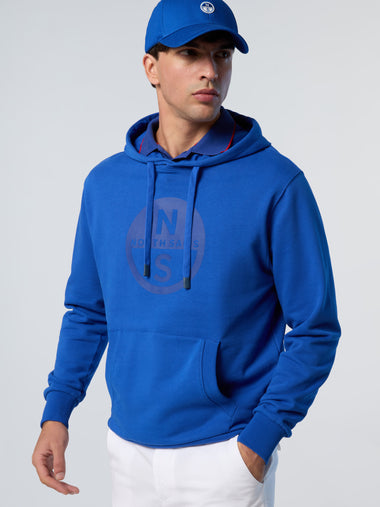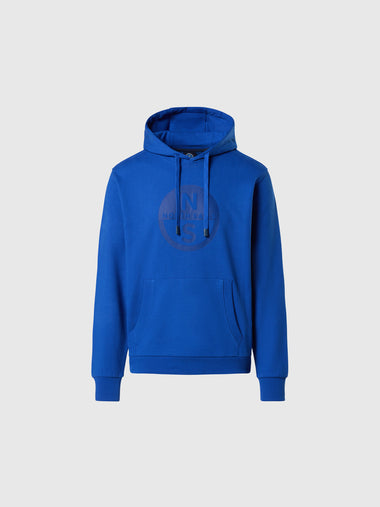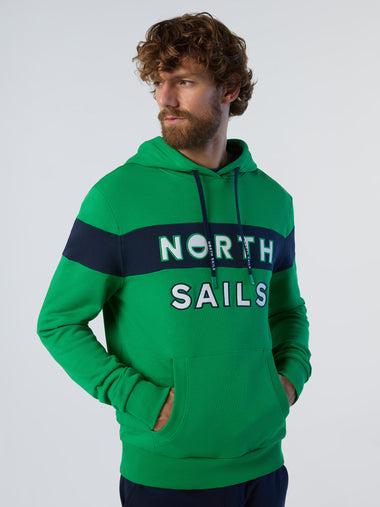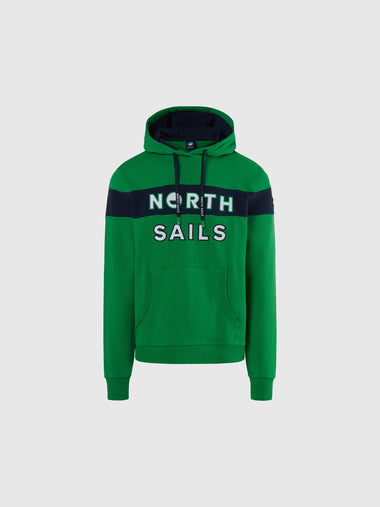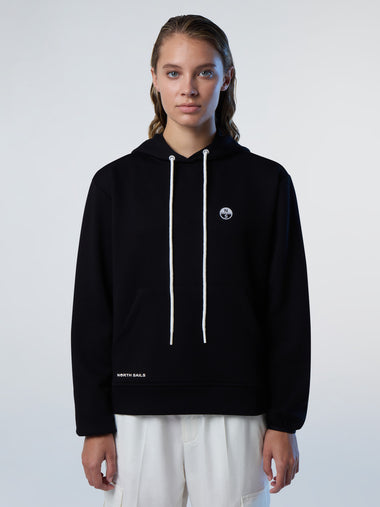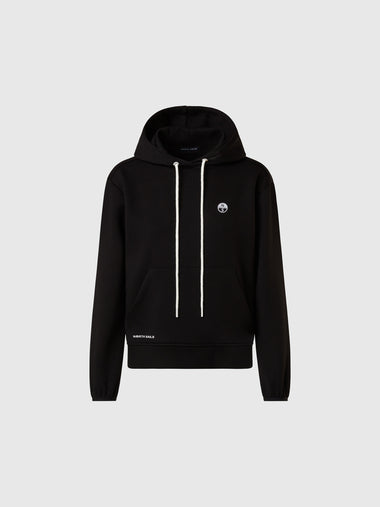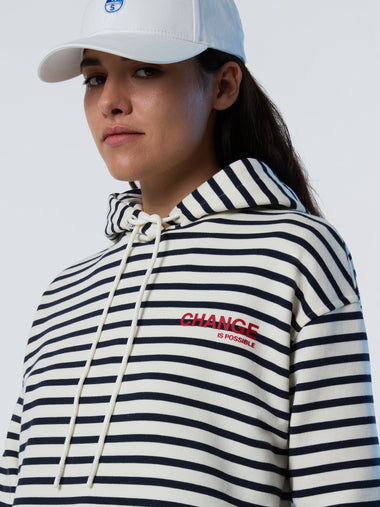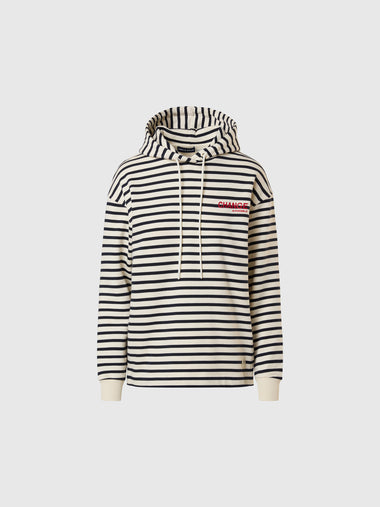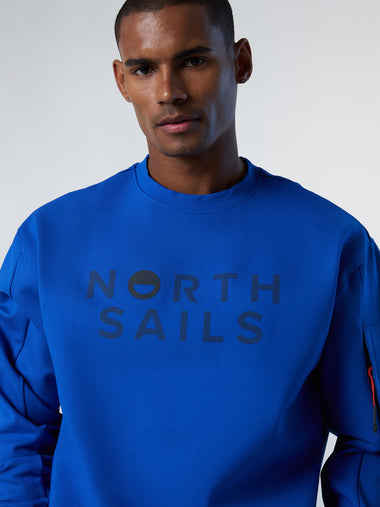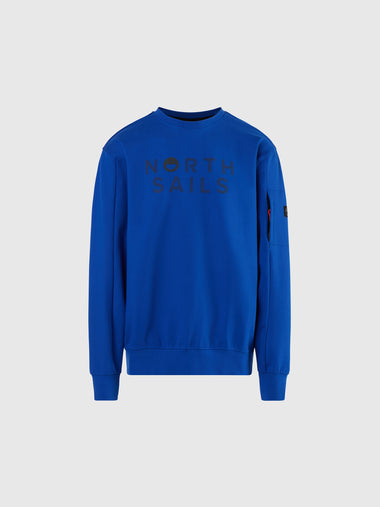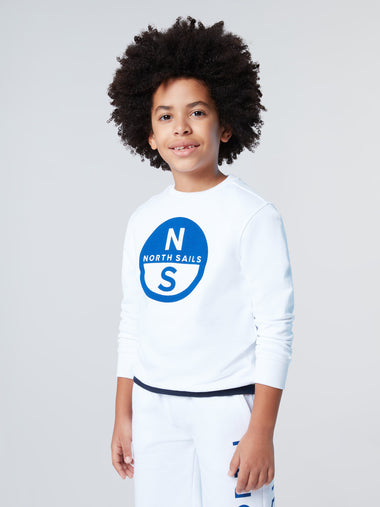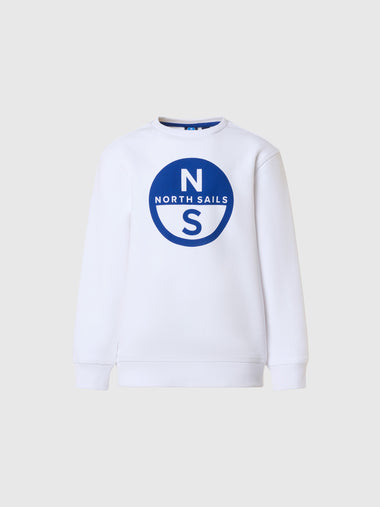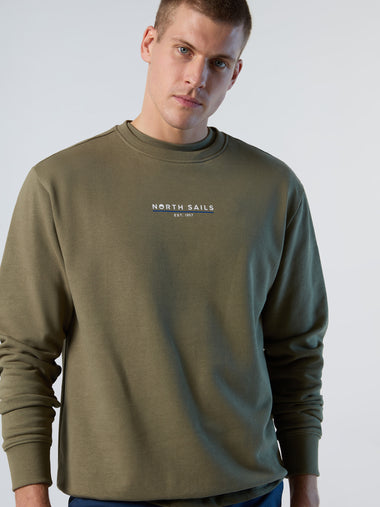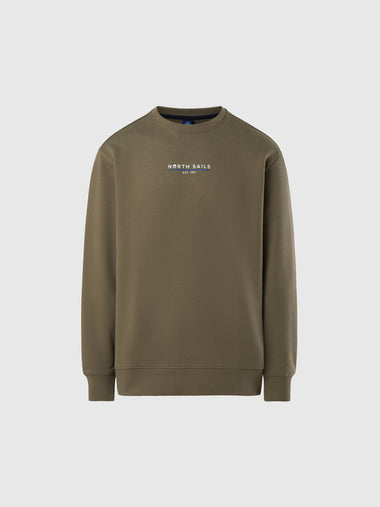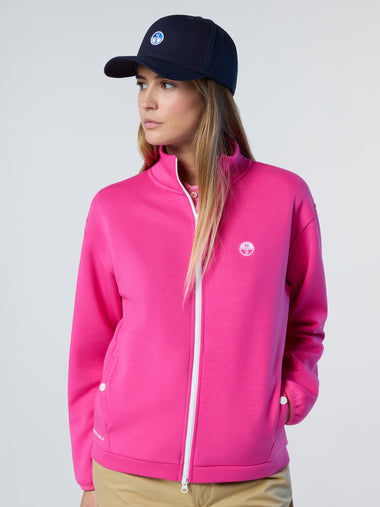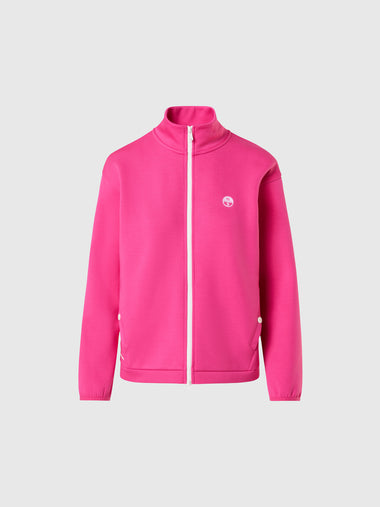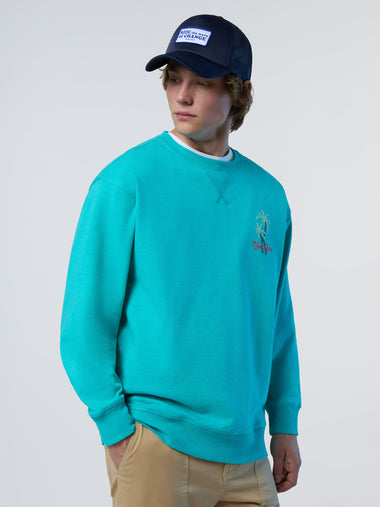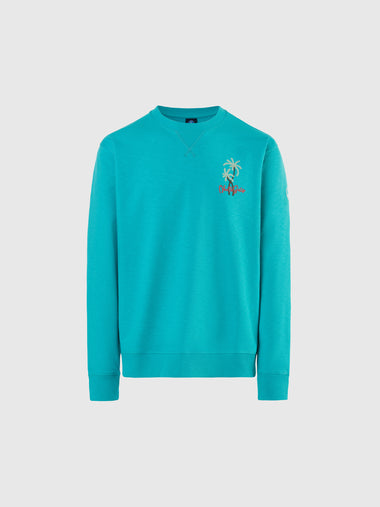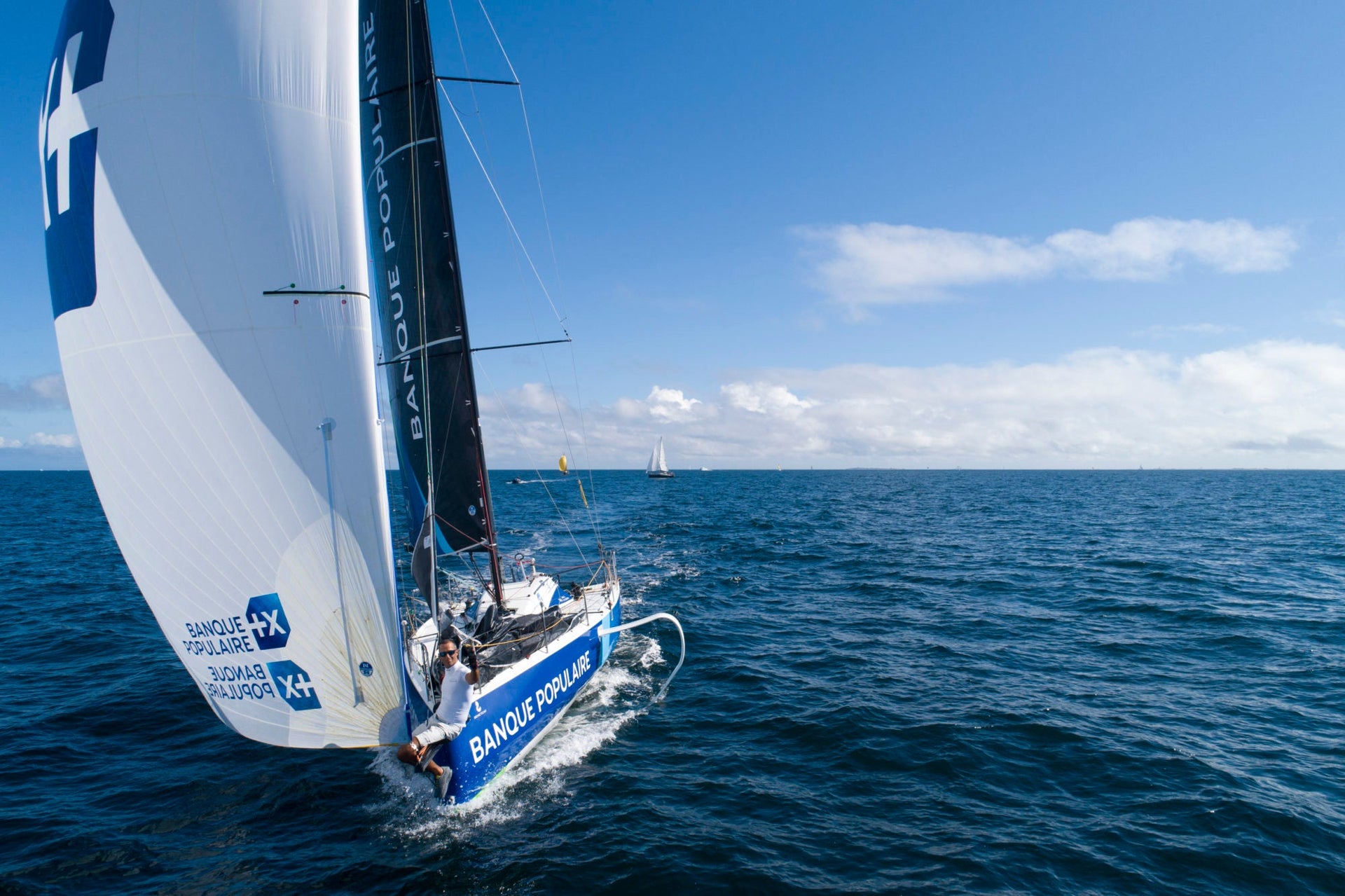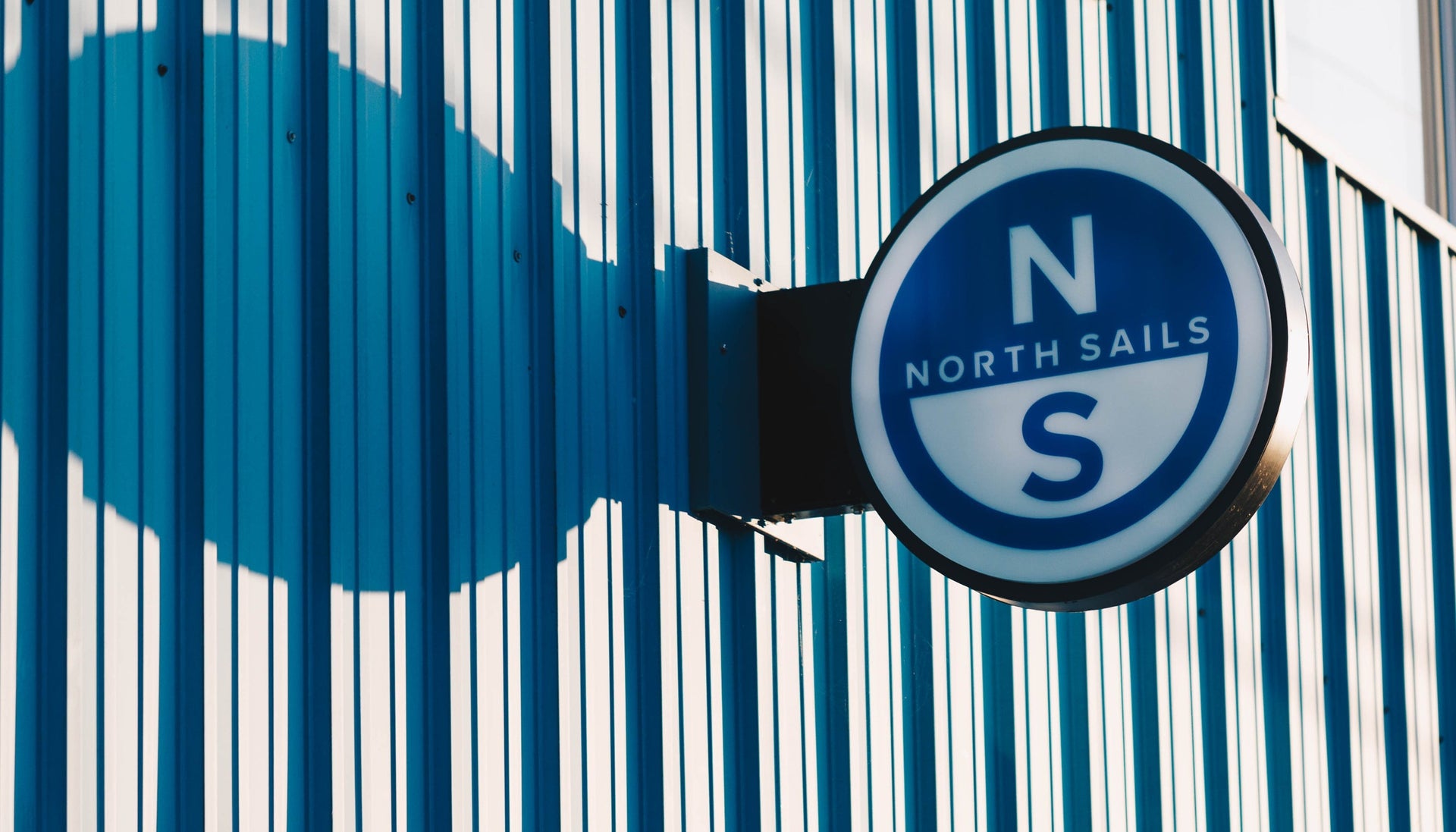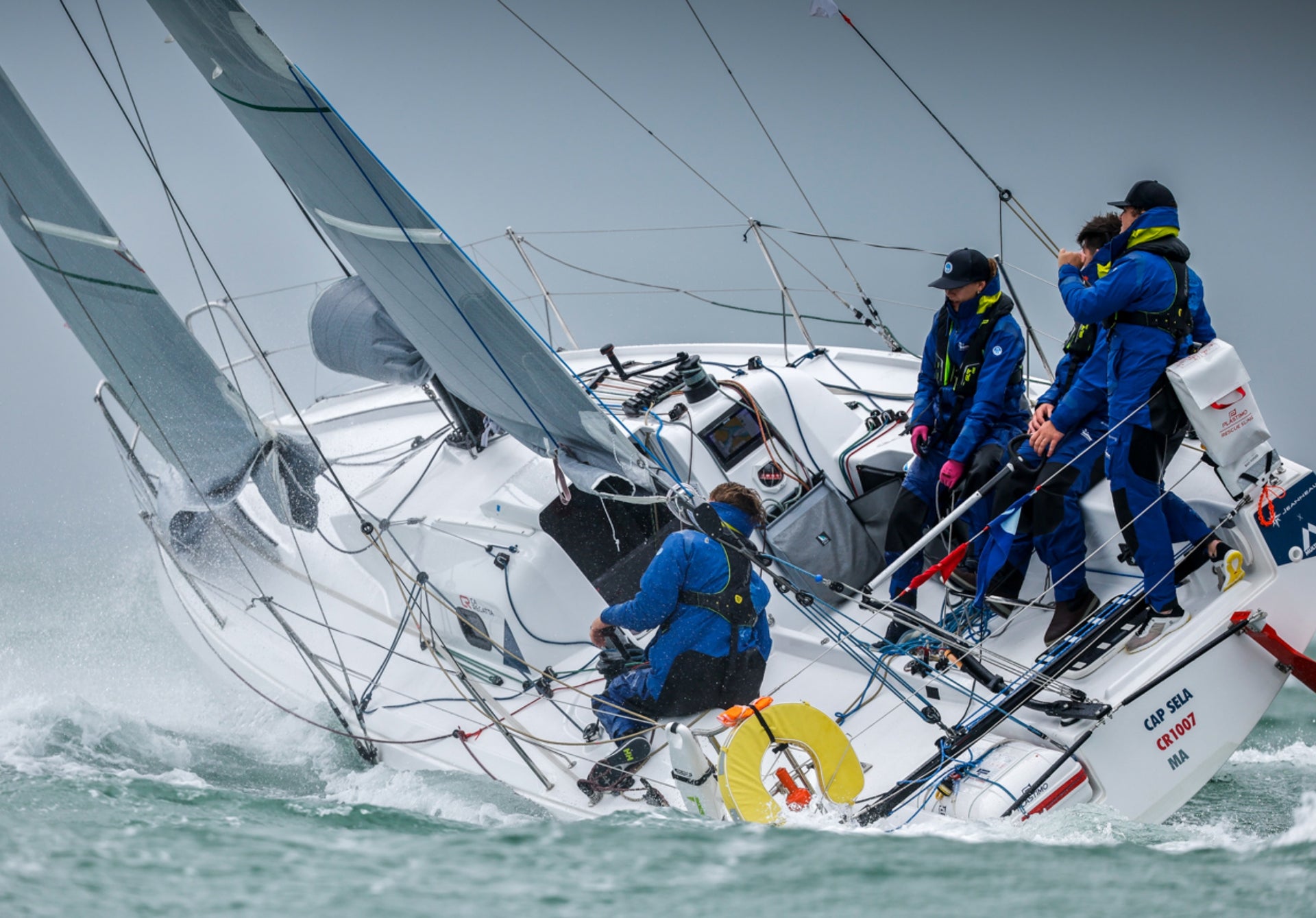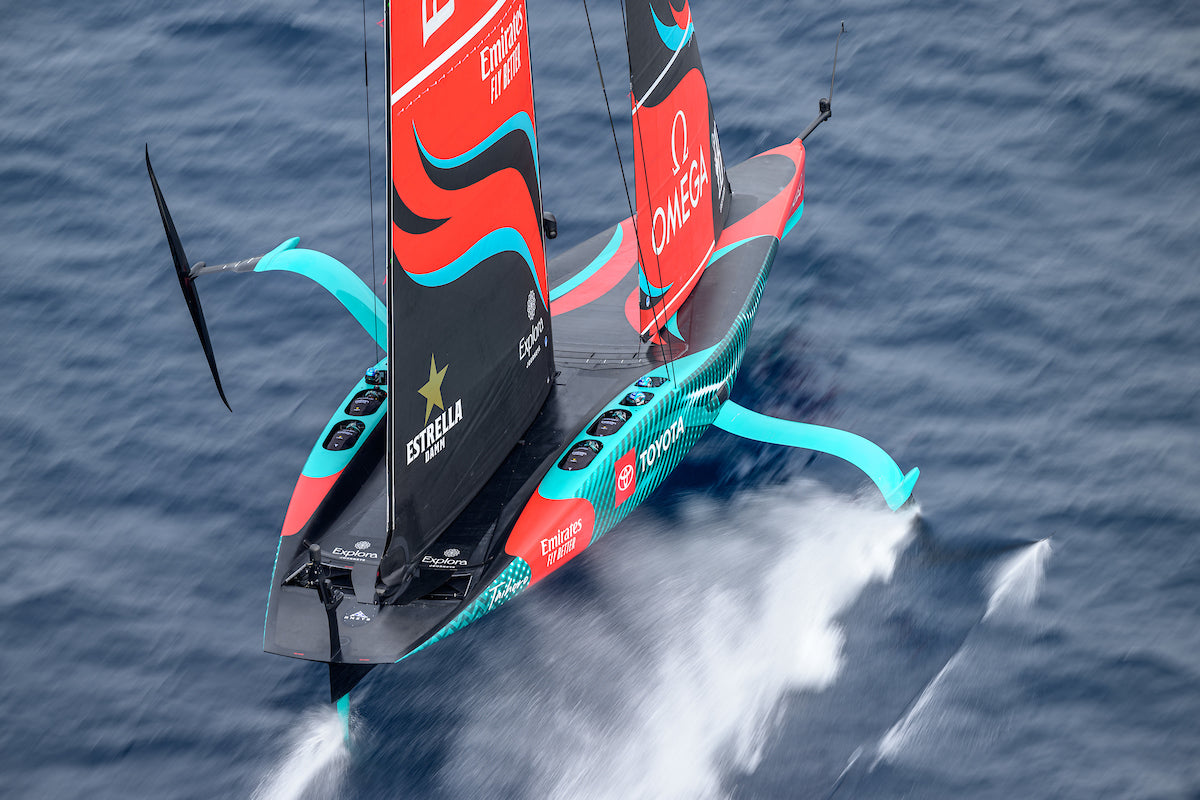THE STORY BEHIND THE SAILS
THE STORY BEHIND THE SAILS
The Solitaire du Figaro is an unrivaled ocean race and demanding on the sailors who participate. It requires grit and teamwork to make it to the start line.

The Solitaire du Figaro is an unrivaled challenge in ocean racing. Whether it is the craft on which the sailors’ race – the Figaro Beneteau 3 hydrofoil -, the format of the race over four short legs, the frantic pace where the management of sleep and mind is required, the demanding course with complicated conditions or the heterogeneous profile of Figaro sailors who compete on an equal footing. This unique competition is the meeting ground for renowned sailors who come to test their abilities with young, sometimes up and coming sailors who aspire to enter the big league, in search of a springboard to a career in ocean racing.
At North Sails, Quentin Ponroy, sail designer, and Gaétan Aunette, technical salesman, are responsible for Figaro projects. They take stock of the race and work with the skippers to bring their project to fruition.
Why is the Figaro Class Championship attracting so much interest? And why is the Solitaire du Figaro an unrivaled ocean race?
The Figaro Class is the only one-design single-handed ocean racing yacht with an accessible format and affordable budgets for racers and partners. The championship includes a renowned flagship race, the Solitaire du Figaro, and brings together both young and experienced sailors who regularly compete against each other. It’s a great mix of talent at a high level.
The Figaro Class is a competitive platform where sportsmen and women want to assess their level in ocean racing, and sometimes the reality can be severe or not. If we can compare it with another sport, soccer, it would be a bit like the Champions League of ocean racing where the best, as well as the enlightened amateurs, have gone through it. For us, it’s great work in terms of project development with our customers.

What is the profile of a Figaro sailor in the way he or she sails and trims?
There are as many profiles as there are Figaro sailors. Each one has their own history with divergent backgrounds (Olympic, FFV, cruising…), their style of tuning, and driving their boat. They are also part of different training centers. And so we need to have a strong capacity to listen and then to meet the needs of each one, to design the best sails, to adapt to both their unique style and the one-design support. Some racers want sails that are identical to the others and will try to stand out in other aspects such as strategy. Others are looking for the best possible sail to make the difference in speed and are willing to spend time with us to develop their sail set and achieve the desired result. In general, they are very receptive to our advice. In any case, it’s all about the details, because the level is very high.
How do you design a set of sails in the Figaro Class?
In 2019, the first year of the Figaro 3, most of our work was based on studies carried out from and around the boat’s build plans (design process identical to IMOCA boats, etc.). This year and for the years to come, we are modifying and optimizing this base thanks to prototypes (1 to 2 per year and per sail) designed based on feedback from the skippers and all the tests we do with them (design process identical to the one-design series). The precision and the level of requirement of the skippers in this class are unique for an offshore series. The set of sails being almost the only non-one-design parameter in this series, the racers necessarily devote a lot of time and attention to it. Together, we manage to get detailed work. In IMOCA and Class40, for example, the skippers have to take into account several non-one design parameters (boat design, foil, electronics…) and therefore have proportionally less time for the sails.
The three main stages of Figaro design include the drawing of the 3D mold of the sail, the adapted design of the structure (3Di being a real strength because of its dynamic shape retention, reliability, and longevity; our competitors use for the most part more classical membranes), and meticulous manufacturing in the detail of the sail (the stiffness of the battens, the halyard ring offset, the reefing system… are studied with precision).
What changes have been made to the sail plan in the Figaro class since the previous edition?
We are only in the second year of the evolution of the Figaro 3, but almost all aspects have been reworked. The main trends on the flat sails are the weight saving in the structure, the volumes that have advanced in the Genoas, and the introduction of load-sharing Helix structured luff technology in the Gennaker among others. The rest is confidential.
What learning comes from the sails of Figaro?
The boat performs well upwind. Moreover, with the arrival of the Gennaker, the main and J2 sails are real sails specifically designed for VMG upwind sailing.
Can the work done on the Figaro be applied and highlighted for other classes, particularly in IRC and club regattas?
Absolutely, because the latest IRC boats such as JPK or SunFast have similarities with the Figaro 3. Moreover, the use of reduced crew in IRC is more and more present and is getting closer to that of the Figaro. For these two reasons, the work done in Figaro 3 is largely transposed to IRC.
What is your relationship with the skippers?
Sometimes we exchange via SMS late at night… We obviously have a relationship of trust, listening, and exchange. It’s important to understand their needs. They are the ones who, through their feedback, make the sails evolve. Our job is to transcribe their feedback on our North Design Suite software.
How do you arrive at the ideal inventory for a skipper?
We exchange a lot beforehand through different modes of communication and gather all the information concerning the type of materials, the shape of the sails, the gauge, the tests, the service on the regattas, the training sessions for test sails, the estimate, the delivery, etc.
As far as the choice of sails is concerned, the skippers base their choice on several parameters such as the feeling with the sail (feeling and performance), the risk-taking (who among the other competitors uses this same sail? Am I the only one or do several racers have the same one?). Finally, there are the effects trends in this race. Each racer is free to ask us to customize his inventory around a standard model per sail.
Can you name the sails and their function in the Figaro class?
Mainsail | J3 front breeze sail | J2 light and medium close-hauled sail | Helix GK multi-purpose reaching sail | A5 spinnaker for strong wind | A2 spinnaker max for VMG down | TMT safety sails
How do you assist the sailors to make the most of their sails specially designed for this race?
We spend time explaining how the sail is designed, its shape, and potential. And we follow up on the training sessions, we ask them for their technical feedback on each sail according to the sensations, speed, ease, versatility, trimming, the stability of the sails under pilot, etc. Then, we proceed with the development of the sail to improve all the points mentioned above.
What evolutions can still be made on the Figaro class sails?
The shapes and structures will always evolve, to a lesser extent, sometimes with some backtracking, but the evolution will be continuous. We will still be able to save weight, improve the shapes… We already have a lot of ideas for this winter. We also need to have the right timing in our evolutions and our tests on the sails in order to anticipate and be reactive.
